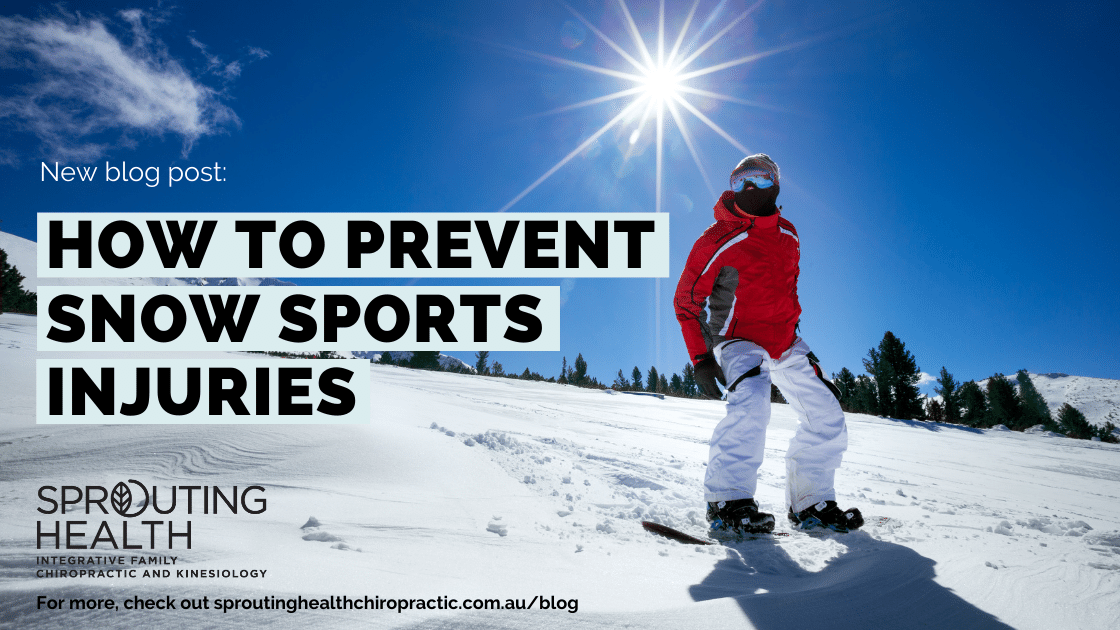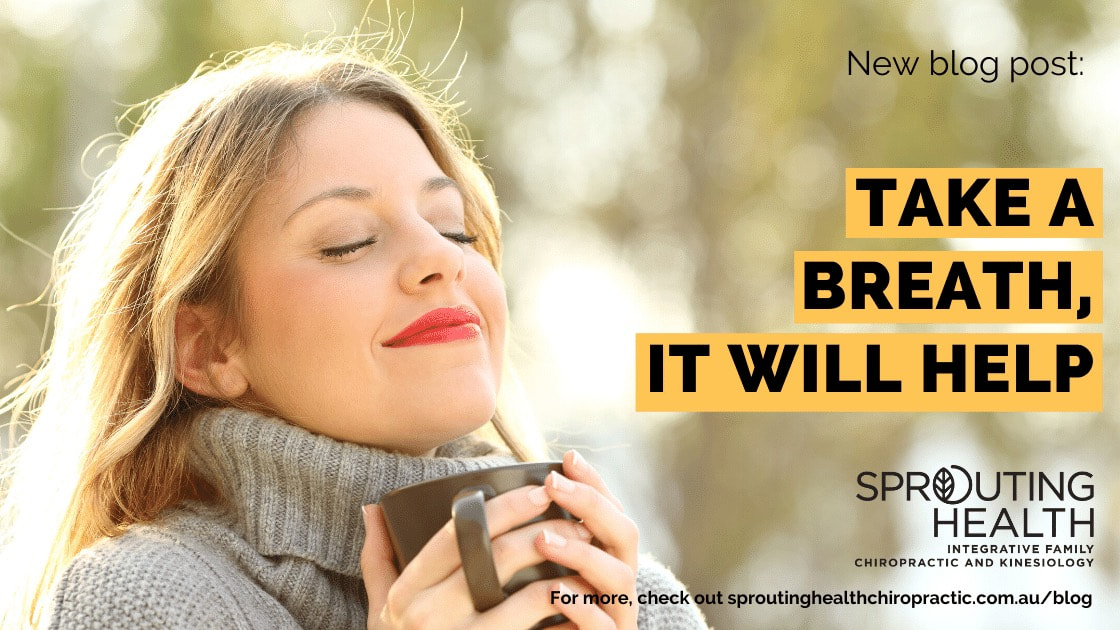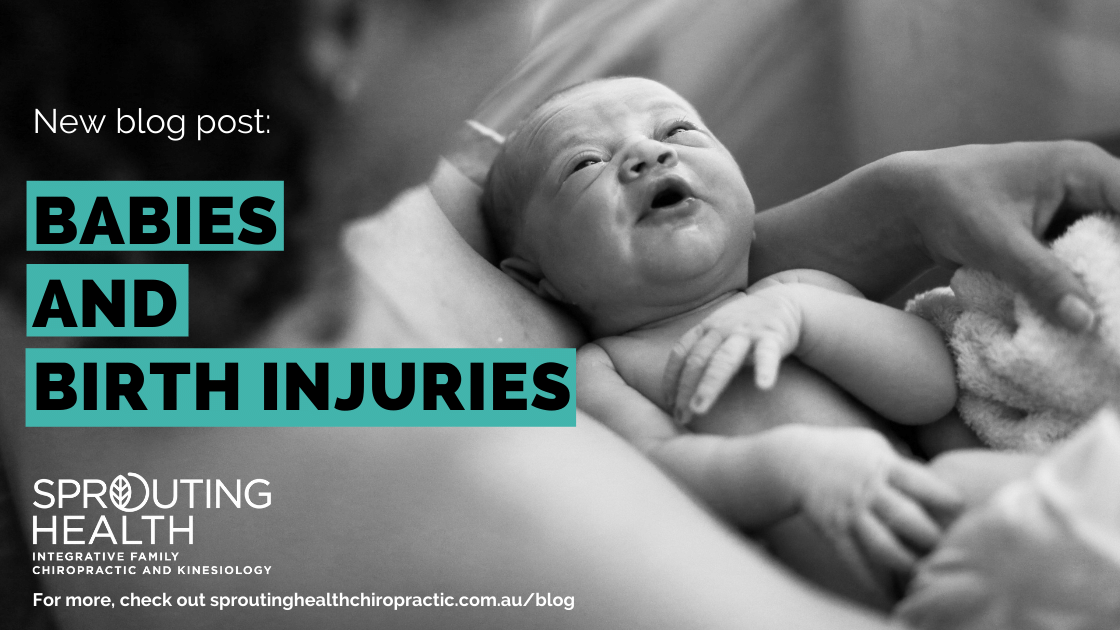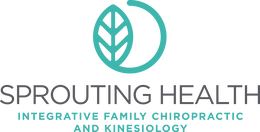Snow season is coming, what is the best way to prevent injuries when we ski and snowboard?28/5/2021 We can feel the cold setting in during the past few weeks. Without a clear agenda of opening the international border, some of our practice members are planning on a snow trip this year! The question is how can we enjoy the winter sport without breaking our body.
According to the American College of Sports Medicine, the most common injured area for a skier is the lower extremity(e.g. knee ligaments), and the wrist for both skier and snowboarder.(1) Other injuries involved in high-speed impact are more serious such as head injury(e.g. concussion) and spinal injury(e.g. vertebral fracture).(1) The fact that beginners and experienced skiers/snowboarders are both at risk of injury, protection and prevention is key. Most people would have a basic idea of putting on protective gear to lower their chances of getting hurt. Studies have shown the use of protection gear in commonly injured areas are effective in reducing the severity of injury. For example, helmet and wrist guards can reduce the risk of serious injuries without compromising movement.(1) In addition, the use of proper sport-specific techniques and instructions, and knowing how the injuries can happen is also vital of reducing the risk of injury.(1) Little wonder, strengthening core muscle and lower limb muscles have been recommended to lower your chances of getting injured as well. To make sure you are preparing your body ready for the snow, a physical therapist would be handy as part of a team to prepare you. Research in 2012, studying the grip strength of national level judo athletes, has shown chiropractic adjustment provides a consistent significant improvement, up to 17% of muscle strength.(2) Newer Randomised Controlled Trial data from the US military has shown chiropractic adjustment improves maximal pulling strength(increased up to 5kg), improves trunk endurance and better balance with eyes closed.(3) Learning from the latest evidence we could enjoy our sport better and help prevent serious injuries while doing it! If you and/or your kids are heading to the snow this winter or interested in how chiropractic may help with musculoskeletal factors related to sports performance, give us a call today. References 1. Weinstein S, Khodaee M, VanBaak K. Common Skiing and Snowboarding Injuries. Current Sports Medicine Reports. 2019;18(11):394-400. 2. Botelho MB, Andrade BB. Effect of cervical spine manipulative therapy on judo athletes' grip strength. Journal of manipulative and physiological therapeutics. 2012;35(1):38-44. 3. Vining R, Long CR, Minkalis A, Gudavalli MR, Xia T, Walter J, et al. Effects of Chiropractic Care on Strength, Balance, and Endurance in Active-Duty US Military Personnel with Low Back Pain: A Randomized Controlled Trial. The Journal of Alternative and Complementary Medicine. 2020;26(7):592-601.
0 Comments
It’s not just parents that can get headaches from all the different stresses in life, especially dealing with children and all their needs, but children can also be suffering from recurrent headaches as well. Has your child ever complained to you about headaches? This is an important article that could make the world of difference to you.
“Recurrent headache is common with annual prevalence rates ranging from approximately 5% among 3 year-olds to more than half of the population around puberty” (1). Recurrent headaches in children can affect their overall quality of life and are known to interfere with school performance, social interactions with family and friends, and sports (2,3) Higher levels of stress and depression are reported among children who experience recurrent headaches. (3) There are many causes of headaches which may include psychological factors, nutrition, socioeconomic factors and many more. (4-9) Some that we would all be quite familiar with would be the many physical stresses that children go through, ranging from the not so pleasant traumas to the neck and head with all the activities that kids engage with, to static postural stress from school and the current trends with technology. Suffering from recurrent headaches in childhood can be a precursor to potentially severe headache syndromes later in life (10), so it’s important to address the issues early on. In a recent literature research article some interesting results were found where they were looking at children between the age of 7 to 14. At a chiropractic clinic these children were suffering from at least 1 headache a week for the previous 6 months. It was found that the children who received chiropractic spinal adjustments resulted in significantly fewer days with headaches and better global perceived effects. Though it was a smaller study looking at 199 children, and more research needs to be done, it seems that chiropractic may have a positive outcome for children who are experiencing recurrent headaches. (11) So if you want to find out if chiropractic can assist your child with recurrent headaches, have a chat with one of our chiropractors to see how they can assist. “Any disturbances to our everyday function such as headaches affect our overall expression of life!” References 1. Singhi S, Jacobs H, Gladstein J. Pediatric headache: where have we been and where do we need to be. Headache. 2014;54(5):817–29. 2 .Powers SW, Patton SR, Hommel KA, Hershey AD. Quality of life in childhood migraines: clinical impact and comparison to other chronic illnesses. Pediatrics. 2003;112(1 Pt 1):e1–5. 3. Termine C, Ozge A, Antonaci F, Natriashvili S, Guidetti V, Wober-Bingol C. Overview of diagnosis and management of paediatric headache. Part II: therapeutic management. J Headache Pain. 2011;12(1):25–34. 4. Lateef TM, Merikangas KR, He J, Kalaydjian A, Khoromi S, Knight E, Nelson KB. Headache in a national sample of American children: prevalence and comorbidity. J Child Neurol. 2009;24(5):536–43. 5.Kroner-Herwig B, Heinrich M, Morris L. Headache in German children and adolescents: a population-based epidemiological study. Cephalalgia. 2007; 27(6):519–27. 6.Nelson S, Coakley R. The pivotal role of pediatric psychology in chronic pain: opportunities for informing and promoting new research and intervention in a shifting healthcare landscape. Curr Pain Headache Rep. 2018;22(11):76. 7.Hetlevik O, Bjorna CH, Lundring IT, Gjesdal S. Adolescents consulting general practitioners for psychological problems-a nationwide, register- based study in Norway. Fam Pract. 2019;36(1):77–83. 8.Erlichman J, Hall A, Dean A, Godwin B, Mascarenhas M. Integrative nutrition for pediatrics. Curr Probl Pediatr Adolesc Health Care. 2016;46(6):165–71. 9.Anttila P, Metsahonkala L, Aromaa M, Sourander A, Salminen J, Helenius H, Alanen P, Sillanpaa M. Determinants of tension-type headache in children. Cephalalgia. 2002;22(5):401–8. 10. Connelly M. Recurrent pediatric headache: a comprehensive review. Child Health Care. 2003;32(3):153–89. 11. Lynge, S., Dissing, K.B., Vach, W., Christensen, H.W. and Hestbaek, L., 2021. Effectiveness of chiropractic manipulation versus sham manipulation for recurrent headaches in children aged 7–14 years-a randomised clinical trial. Chiropractic & Manual Therapies, 29(1), pp.1-13. Stress in today’s society is not getting any lower. We have previously talked about how chiropractic care can assist in the management of stress levels. (1-2) This time we want to expand on what we covered last time by also giving you a simple breathing exercise to assist in self-management of your stress levels.
A common way of measuring the body’s response to stress, as well as overall wellbeing, is heart rate variability (HRV). It is often assumed that heart rate should be rather constant, but is in fact, quite the opposite, a higher variability is associated with better health. Our HRV also will be impacted by mood and mental wellbeing, especially depression and anxiety have a large negative impact. (3-4) So, “How on earth does breathing help?” I hear you ask. Well, a study published this year has started to give us this answer. They found that by regulating your breathing with rhythmic breathing or 6 breaths per minute had positive impacts on HRV. By holding to 6 breaths per minute it is hypothesised that you can impact your autonomic nervous system, and gas exchange efficiency (how well you absorb oxygen from the air). (3-4) Another study from 2019 reported that using breathing techniques such as these helped in improving decision making as well as reducing stress levels. (5-6) A simple breathing exercise to realign the body and brain is this: 1. Slowly inhale through your nose to a count of 4. 2. Hold your breath for the count of 4. 3. Exhale slowly through your mouth to a count of 4 or more. Repeat this until you feel your heart rate slow down and your body begin to calm. It really can be that simple!
One of the most common questions we get asked in the practice is “Why could babies need a check-up?”. To answer this question, we need to look at one of the biggest physical stressors that can affect an infant which is childbirth.
Birth injury, unless major and life threatening, is under-recognised and under-treated (Gottlieb, 1993). In a recent study of 200 infants presenting to a clinic with pain and other physiologic disturbance, 95% demonstrated notable birth trauma. In a much earlier and larger study of 1250 newborns, 89% showed some mechanical strain or restriction (Frymann, 1966). Many injuries including asymmetry of the head, facial asymmetry, torticollis, asymmetry of the mandible, nasal septum deviation and spinal, rib or clavicle dysfunction often go undetected until associated health problems arise. It is increasingly common for births to be assisted with vacuum extraction instruments or surgery (Kozak and Weeks, 2002). Vacuum extraction has been shown to be a strong predictor of early cessation of breastfeeding (Hall et al, 2002). Even under normal conditions, birth consists of significant traction and rotation of the baby’s head and with sufficient force, clavicle fracture is seen as an “unavoidable side effect” in up to 10% of vaginal births (Miller et al, 2013). Babies with mild injuries have a high rate of cessation of breastfeeding, however a study by Miller et al (2009) found that 79% of new mothers presenting with feeding problems were able to exclusively breastfeed after a short course of manual therapy. More research is needed here, however these are promising results. Aside from feeding issues that may be associated with birth trauma, there are some other really important cues to look for in babies to see if they may be experiencing pain:
So if you baby is exhibiting any of these behaviours, give our Practice a call today so we can screen for musculoskeletal issues and help support you and your baby thrive as they grow and develop. References
|
AuthorBlogs by the team at Sprouting Health Archives
July 2024
Categories |





 RSS Feed
RSS Feed
